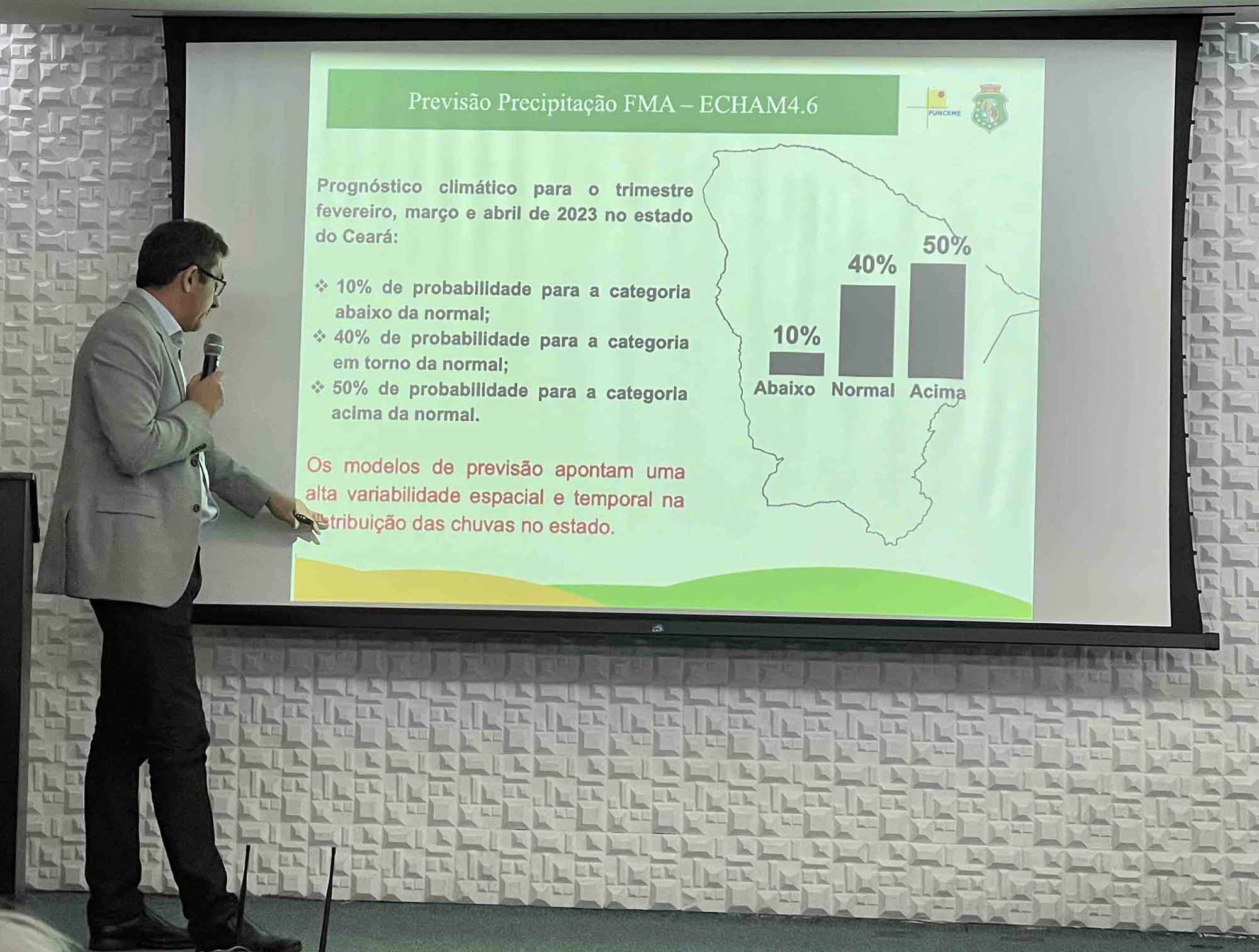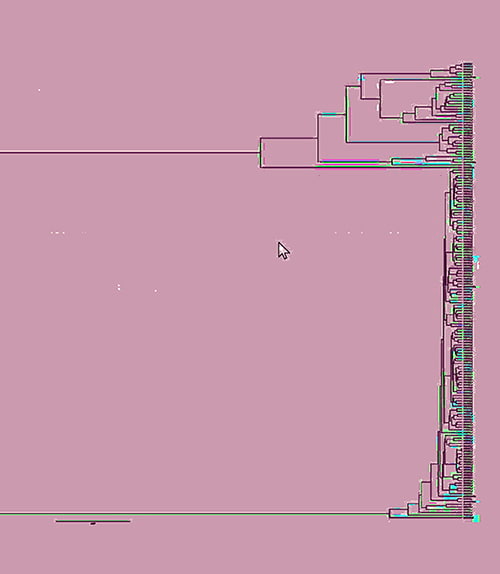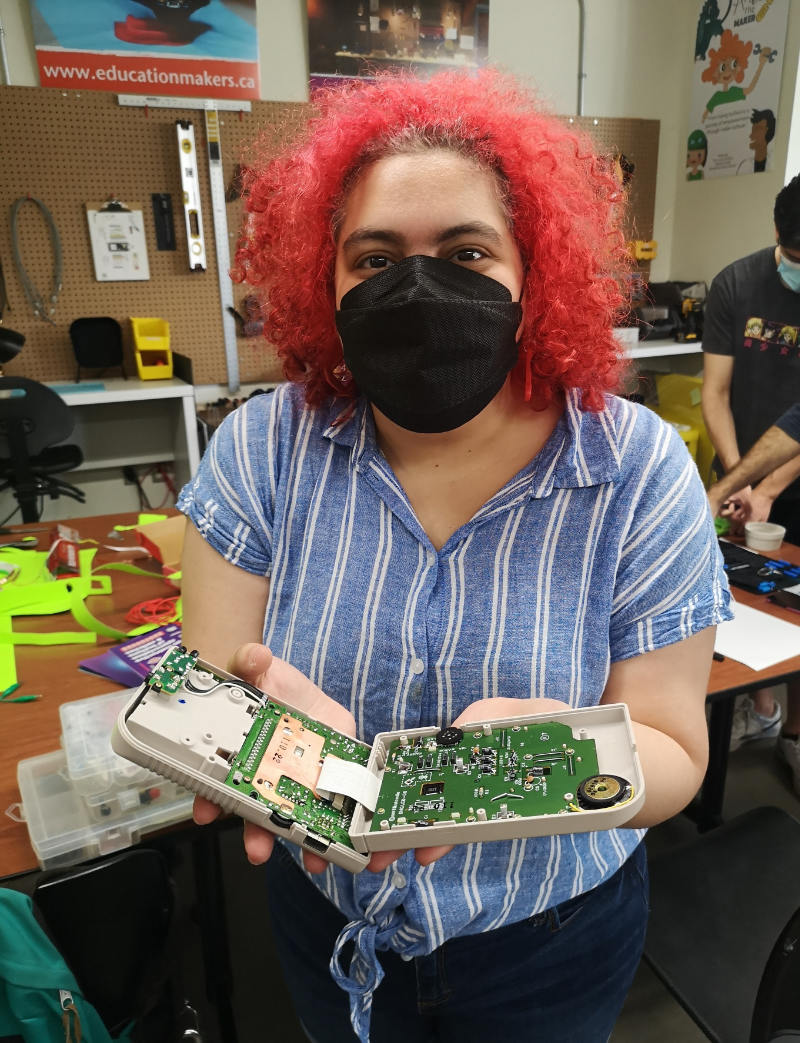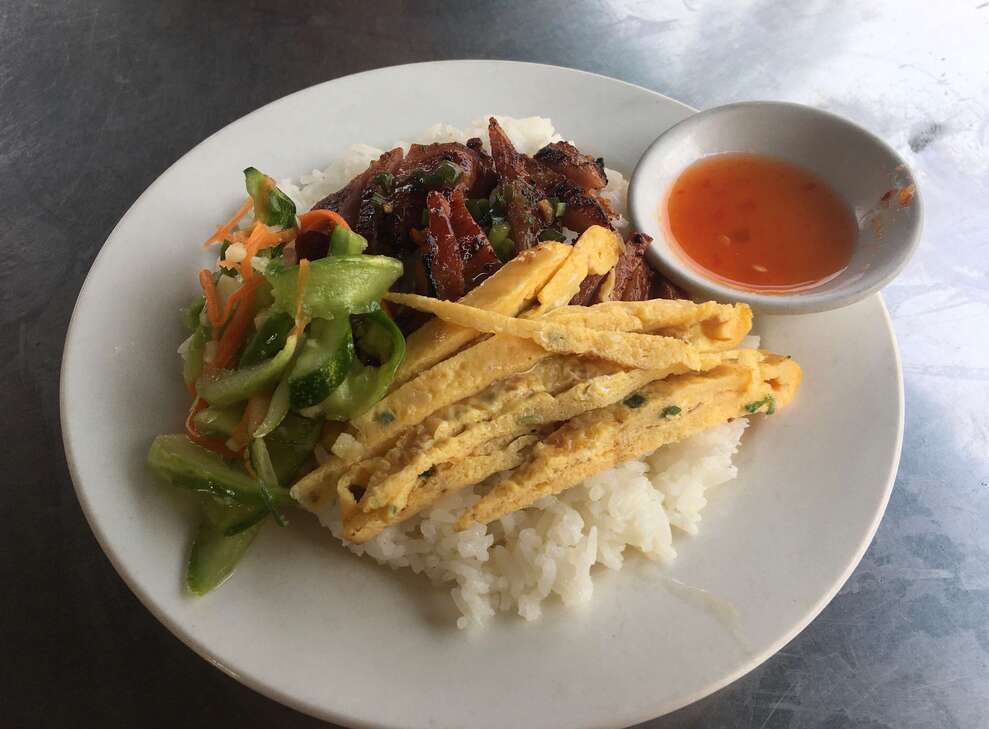When I asked my aunt back in 2014 if my old Game Boy Color was still around, she handed it to me, but confirmed that the A and B buttons no longer worked properly. The Game Boy Color is a handheld game console that was released in 1998 as a successor to the black-and-white Game Boy (1989), though both consoles were discontinued in 2003. My grandmother had died recently, and we were clearing out my and my brother’s belongings from her newly empty house. Truthfully, I hadn’t touched this handheld console since the mid-2000s, around the time I upgraded from the family desktop computer to my own personal laptop. The title stickers on some of the cartridges had begun to wear out, but I held hope that this wasn’t an indicator of what their inside was like, or whether they had reached the end of their lives. I told my aunt I’d find a way to fix the buttons, to which she answered, “Why would you want to repair something from the past when the quality of what’s now in the present, on the market, is infinitely better?” In the mind of many people, it is indeed better to wait for a newer, more technologically advanced model to come out, a manifestation of planned obsolescence which we have learned to live with. (read more...)








